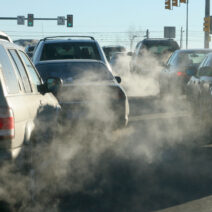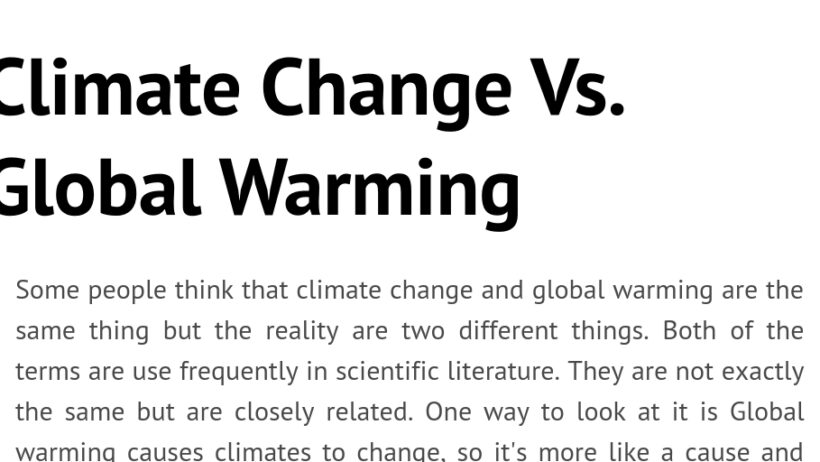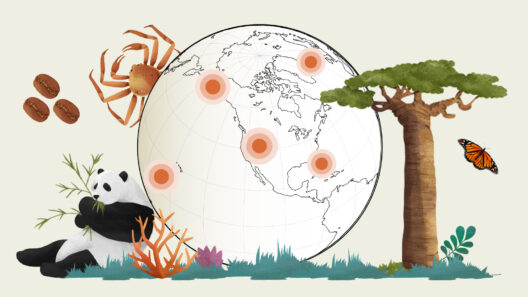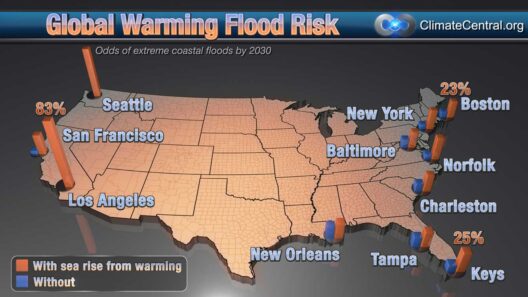In the lexicon of environmental discourse, the terms “global warming” and “climate change” are frequently employed interchangeably, often leading to a conflation of their meanings. However, this is akin to mistaking a sapling for an entire forest. Understanding the distinctions between these two phenomena is critical for grasping the broader implications of our planet’s ecological predicament. This discussion aims to elucidate these differences, nurturing a nuanced understanding crucial for engaging with climate science and activism.
Global warming refers specifically to the long-term increase in Earth’s average surface temperature due to human emissions of greenhouse gases, predominantly carbon dioxide (CO2) and methane (CH4). Envisage global warming as a fever—the body is heating up due to an external infection, primarily caused by fossil fuel combustion and deforestation, which release excessive amounts of greenhouse gases into the atmosphere. This fever is not merely a transient spike; it represents a profound and persistent rise in temperature, alluringly deceptive, as its consequences extend far beyond mere warmth.
In contrast, climate change encompasses a much broader spectrum of alterations that extend beyond temperature fluctuations. Think of climate change as the entire ecosystem responding to that fever; it includes shifts in precipitation patterns, alterations in wind patterns, and changes in seasons. While global warming can be considered one of the primary catalysts for climate change, the latter is a more complex tapestry woven from various threads, including biophysical, environmental, and anthropogenic factors affecting weather and climate systems across the globe.
Delving deeper into the essence of global warming, it is essential to acknowledge that the Earth’s atmosphere naturally contains greenhouse gases. These gases play a vital role in maintaining the planet’s temperature at a level conducive to life. However, the rapid industrialization of human society has exponentially increased the concentration of these gases, akin to pouring extra blankets on a warm bed. The result is an insidious rise in temperature leading to dangerous feedback loops, such as melting polar ice caps that contribute to further warming and sea-level rise.
Conversely, climate change manifests in myriad ways. The effects of global warming bear down heavily on weather systems, leading to more frequent and severe weather events. Deliriously rapidly melting glaciers and rising sea levels are harbingers of the inevitable upheaval; once stable ecosystems are strained to their limits. Biodiversity loss, ocean acidification, and alterations in habitat are all symptomatic of climate change. The metaphorical dominoes fall across continents and oceans, impacting communities, economies, and the very fabric of life itself.
The ramifications of these phenomena induce an array of socio-economic challenges. Flooding and droughts become commonplace, devastating agricultural yields and exacerbating food insecurity. Vulnerable populations are disproportionately affected, as they often possess limited resources to adapt to such rapid changes—a stark illustration of climate injustice. As the climate crisis intensifies, it becomes increasingly imperative to dissect the root causes to foster meaningful dialogue and enact solutions.
Education stands as a formidable ally in understanding these differences and their implications. Knowledge empowers individuals and communities to critically assess climate policies and advocate for legislation targeting both mitigation of global warming and adaptation to climate change. The discourse surrounding these issues should not merely evoke despair; rather, it should incite action. For instance, investing in renewable energy sources reduces greenhouse gas emissions, thereby alleviating global warming while concurrently creating jobs and stimulating local economies.
Moreover, public awareness campaigns must succinctly differentiate between global warming and climate change. Just as knowledge is a compass guiding us through the tumultuous waters of climate discourse, effective communication will draw clearer paths toward engagement. Infographics, such as those illustrating the stark realities of climate change, can serve as powerful tools, rendering complex data accessible and understandable to the general public. Through such educational endeavors, individuals recognize their role in the larger narrative and comprehend the real stakes involved.
Additionally, the role of technology cannot be overlooked. Scientific advancements have endowed us with tools to monitor climate progress and forecast future shifts with unprecedented accuracy. From satellite imagery to computer modeling, these innovations can paint a detailed portrait of our world’s changing landscapes, providing critical insights necessary for informed decision-making. Technology thus becomes the clarion call that urges us to heed the warnings of science, to act swiftly, and to foster resilience in an era marked by uncertainty.
Yet, as we navigate the complexities of these interrelated concepts, it is vital to pause and introspect on the ethical dimensions of our actions. Global warming and climate change are not merely abstract challenges; they embody a moral imperative for current and future generations. Advocating for sustainable practices urges a reconsideration of our consumption patterns, the way we utilize resources, and our stewardship of the Earth. This is not solely an environmental mission; it is a call to uphold our shared humanity.
In summation, understanding the intricate relationship between global warming and climate change is paramount to addressing the climate crisis effectively. Recognizing global warming as a potent force propelling climate change enables a clearer framework for advocacy and action. As the urgent need for collective responsibility looms, we stand on the precipice of a transformative epoch. Harnessing knowledge, technology, and moral conviction can lead us toward a robust and sustainable future, one where humanity transcends mere survival to thrive harmoniously within the natural world.







